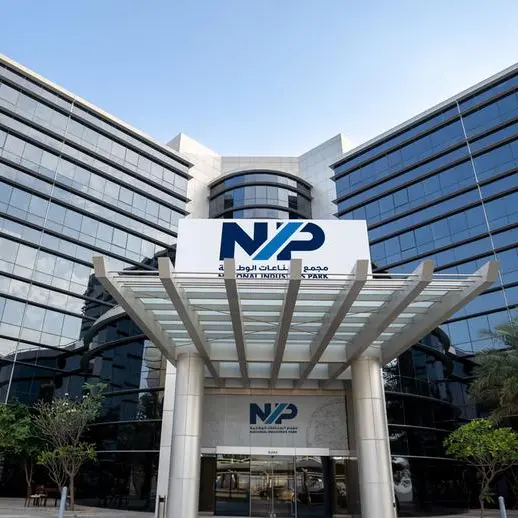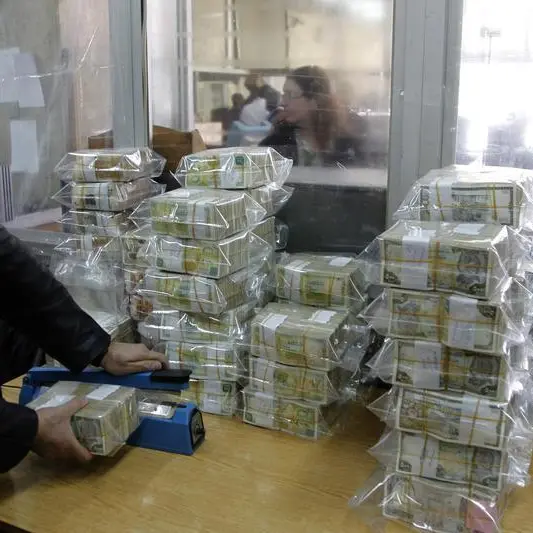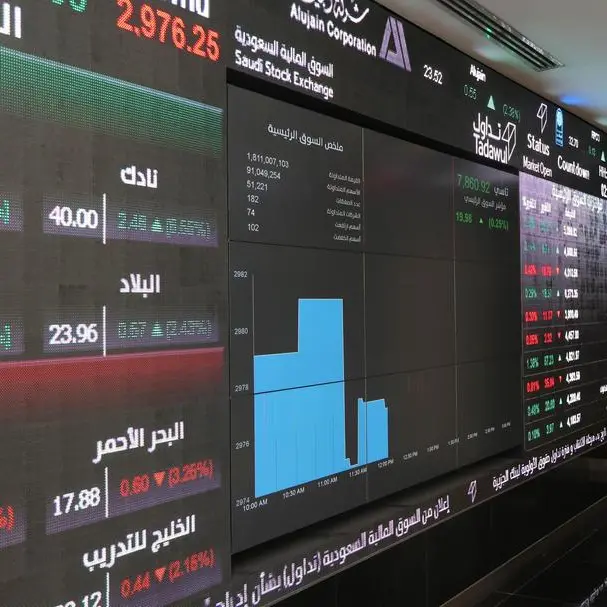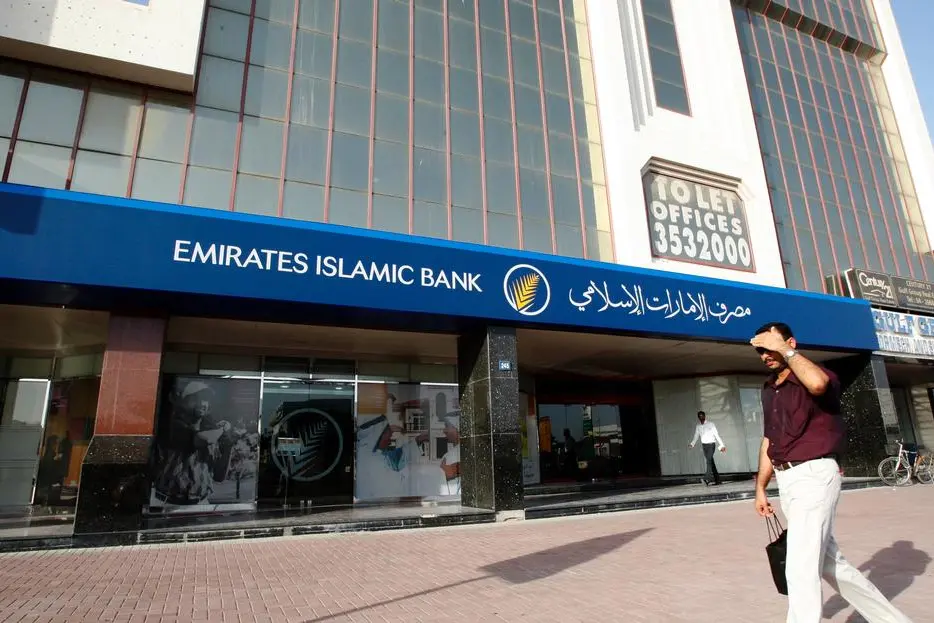PHOTO
High Angle View Of Qatar Currencies. Image used for illustrative purpose. Getty Images/EyeEm
If digital currencies are an inevitability, it may be a wise move for central banks to set up their own. Qatar Central Bank is piloting an official digital currency. But what exactly are the potential benefits and risks?
Cryptocurrencies are a form of digital currency that are at times seen as the outlaws in the world of finance: Unregulated vehicles for speculation and the currency of choice for criminal gangs and terrorists.
Given this, what is the rationale for nearly every central bank in the world to set up their own digital currency, and for the International Monetary Fund (IMF) to publish guidance?
The reality is that the digital revolution continues apace, and that no technology is inherently good or bad – it depends upon the uses to which it is put, and the effectiveness of the regulation that surrounds it.
While just three governments have fully set up a digital currency, 134 nations are researching or considering the idea, with most considering the option at the retail level, as well as for high-value transactions. In mid-June the Assistant Governor for Financial Instruments and Payment Systems at Qatar Central Bank, Sheikh Ahmed bin Khalid al-Thani, announced that the pilot project of its digital currency would involve both the central bank and the banks participating in trials involving high-value payments. Four uses of digital currency at the wholesale level will be explored. They are:
Settling payments between banks using digital currency, with a view to establishing if the process increases efficiency and reduces risk
Purchasing securities with digital currency
Selling and trading securities between banks using digital currency
Using artificial intelligence to predict liquidity levels, with a view to helping the Qatar Central Bank deepen its understanding of risks associated with digital currency use
The digital accounts would be created by transferring Riyals to them at parity.
Most financial transactions are already digital, and conventional currencies are not linked to physical assets such as gold. The only real difference with digital currencies, which are a form of coding with quantities visible on a digital wallet, is that transactions are directly from device-to-device, outside the banking system.
This means that they hold the potential to improve speed and efficiency of retail and commercial financial activity, and help with financial inclusion for those without a bank account. But they also pose challenges in terms of regulation, given that transactions do not pass through the banking system.
The IMF has published a CBDC Virtual Handbook, as a reference guide for policymakers and specialists at central banks and ministries of finance. The aim is to collect and share knowledge and best practice ideas. There were five chapters at the last update in November 2023, and the plan is to update content continually, and complete 20 chapters by 2026.
As to whether a CBDC would lead to tighter or looser monetary policy, the findings are mixed, and much could depend on the local context. Increased competition for bank deposit funding, higher wholesale funding and reduced bank profits would tighten financial conditions, the IMF notes, while greater financial inclusion would have a loosening effect. The latter may be of negligible impact in a country such as Qatar where most people have a bank account.
Many countries contemplating a CBDC would likely impose some kind of limit on transactions and holdings.
The IMF advises that effectiveness of a nation’s monetary policy will likely decline as use of cryptocurrencies and CBDCs issued by a foreign country rises. This is the ‘currency substitution’ problem that some emerging economies are already experiencing. There is potential for a CBDC to counter this problem, and the similar problem of dollarisation, by offering an alternative safe store of value.
An official digital currency could enable targeted monetary policy via direct transfers in emergency situations, such as a natural disaster – so-called ‘helicopter money’.
No CBDC currently planned is interest-bearing, but this is a theoretical possibility. A digital currency could be a safe haven in the event of financial upheaval, even if not interest-bearing – for example, where there is a run on a bank, or during a period of low interest rates and rising inflation.
The IMF also advises that the technological infrastructure, governance, strength of institutions and quality of human resources need to be adequate to support a CBDC. Cybersecurity and data protection are significant concerns.
The guidance from the IMF also contains a helpful section on how to go about piloting and testing a CBDC. There are many potential positives from central banks developing digital currencies, and they are probably a necessity – but design, policy, governance and the law need to be carefully attended to. The dynamics are complex, hence the need to learn from pilot projects before going live.
© Gulf Times Newspaper 2022 Provided by SyndiGate Media Inc. (Syndigate.info).Cryptocurrencies are a form of digital currency that are at times seen as the outlaws in the world of finance: Unregulated vehicles for speculation and the currency of choice for criminal gangs and terrorists.
Given this, what is the rationale for nearly every central bank in the world to set up their own digital currency, and for the International Monetary Fund (IMF) to publish guidance?
The reality is that the digital revolution continues apace, and that no technology is inherently good or bad – it depends upon the uses to which it is put, and the effectiveness of the regulation that surrounds it.
While just three governments have fully set up a digital currency, 134 nations are researching or considering the idea, with most considering the option at the retail level, as well as for high-value transactions. In mid-June the Assistant Governor for Financial Instruments and Payment Systems at Qatar Central Bank, Sheikh Ahmed bin Khalid al-Thani, announced that the pilot project of its digital currency would involve both the central bank and the banks participating in trials involving high-value payments. Four uses of digital currency at the wholesale level will be explored. They are:
Settling payments between banks using digital currency, with a view to establishing if the process increases efficiency and reduces risk
Purchasing securities with digital currency
Selling and trading securities between banks using digital currency
Using artificial intelligence to predict liquidity levels, with a view to helping the Qatar Central Bank deepen its understanding of risks associated with digital currency use
The digital accounts would be created by transferring Riyals to them at parity.
Most financial transactions are already digital, and conventional currencies are not linked to physical assets such as gold. The only real difference with digital currencies, which are a form of coding with quantities visible on a digital wallet, is that transactions are directly from device-to-device, outside the banking system.
This means that they hold the potential to improve speed and efficiency of retail and commercial financial activity, and help with financial inclusion for those without a bank account. But they also pose challenges in terms of regulation, given that transactions do not pass through the banking system.
The IMF has published a CBDC Virtual Handbook, as a reference guide for policymakers and specialists at central banks and ministries of finance. The aim is to collect and share knowledge and best practice ideas. There were five chapters at the last update in November 2023, and the plan is to update content continually, and complete 20 chapters by 2026.
As to whether a CBDC would lead to tighter or looser monetary policy, the findings are mixed, and much could depend on the local context. Increased competition for bank deposit funding, higher wholesale funding and reduced bank profits would tighten financial conditions, the IMF notes, while greater financial inclusion would have a loosening effect. The latter may be of negligible impact in a country such as Qatar where most people have a bank account.
Many countries contemplating a CBDC would likely impose some kind of limit on transactions and holdings.
The IMF advises that effectiveness of a nation’s monetary policy will likely decline as use of cryptocurrencies and CBDCs issued by a foreign country rises. This is the ‘currency substitution’ problem that some emerging economies are already experiencing. There is potential for a CBDC to counter this problem, and the similar problem of dollarisation, by offering an alternative safe store of value.
An official digital currency could enable targeted monetary policy via direct transfers in emergency situations, such as a natural disaster – so-called ‘helicopter money’.
No CBDC currently planned is interest-bearing, but this is a theoretical possibility. A digital currency could be a safe haven in the event of financial upheaval, even if not interest-bearing – for example, where there is a run on a bank, or during a period of low interest rates and rising inflation.
The IMF also advises that the technological infrastructure, governance, strength of institutions and quality of human resources need to be adequate to support a CBDC. Cybersecurity and data protection are significant concerns.
The guidance from the IMF also contains a helpful section on how to go about piloting and testing a CBDC. There are many potential positives from central banks developing digital currencies, and they are probably a necessity – but design, policy, governance and the law need to be carefully attended to. The dynamics are complex, hence the need to learn from pilot projects before going live.





















